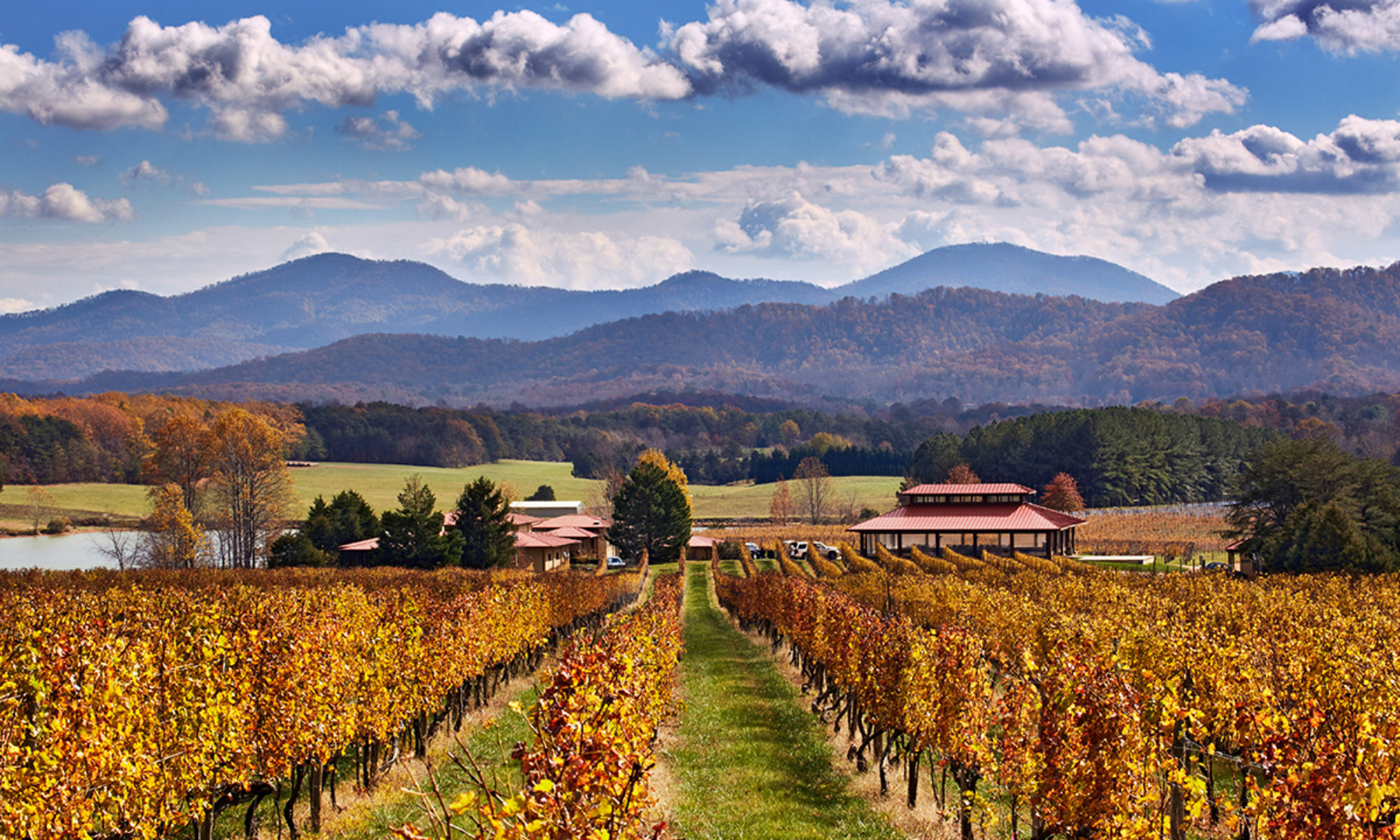Located on River Road in Goochland, along the James River. Bruce Murray established Byrd Cellars in 2008, with 8 acres of vines having been planted in 2005, about two miles away from the winery.
Wine. Tier III. Byrd produces a wide range of wines, with 17 different varieties at present, with annual production around 4,000 cases. All wine bottles are priced below $20 a bottle. In addition Byrd produces several apple-based wines
Setting. Small facility in a wooded lot. The tasting room offers scenic views of the James River (not over the vines as these are a few miles away), and there is outside seating on the porch. A new larger tasting facility is planned. Cheese and snacks available.
Stories. William Byrd and the Founding of Richmond. William Byrd II was born in 1674 in Henrico County, where his father, Colonel William Byrd I, had come from England to settle in Virginia. He was sent back to London for schooling by age 7. He learned law at the Middle Temple in London, and commerce by working for tobacco traders in both London and Rotterdam. In 1696 he was elected to the Royal Society in London, and was an early advocate of smallpox inoculation. He returned to Richmond upon the death of his father in 1705. Byrd had a very large inheritance, and was now required to run the estate, Westover Plantation. Back in Virginia, Byrd expanded his plantation holdings, was elected to the House of Burgesses, and served on Governor’s Council from 1709 until his death in 1744. He commanded county militias and led surveying expeditions along the Virginia-Carolina border. Byrd was a prolific writer, including of a secret diary which catalogued several sexual infidelities. In 1733 he began to help create a new town from settlements which had arisen around one of his tobacco warehouses, at a strategic location along the James River. The new town was along the Fall Line, which set the navigable limit for ships coming up the river from the Chesapeake Bay and the Atlantic. An important village of the Powhatan Chiefdom had been on the site when European first arrived a century earlier. In 1737 he announced in the Virginia Gazette that the new town, now called “Richmond,” had been created and that lots were now available sale to prospective settlers. Byrd chose the name “Richmond” because the view over the James River there reminded him of the view of the Thames from Richmond Hill, outside of London. The town was formally incorporated in 1742. Richmond’s strategic location contributed to rapid growth, and the city became the new capital of the State of Virginia after the Revolutionary War, replacing Williamsburg which had been the colonial capital. Byrd’s name lives on in several place names around the Capital, including Byrd Cellars.
